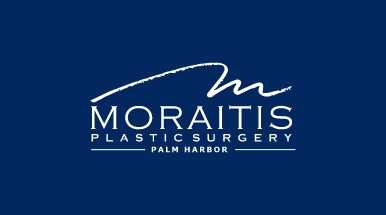The most popular plastic surgery procedure performed in the United States is breast implants. In fact, according to the American Society for Aesthetic Plastic Surgery, close to 400,000 women get them every year. However, regardless of how popular this procedure has become, the same question is asked frequently during our breast augmentation consultations…….are breast implants really safe?
Silicone Safety
Regardless of the popularity of breast augmentation surgery, one of the primary concerns of a typical person considering this procedure is the possible health risks associated with implants. Much of this concern is related to misconceptions after the FDA banned silicone breast implants in 1992 — fueled by media pieces that were hastily researched and meant to generate hype.
What was discovered in 1992 was that older generations of silicone breast implants were leaking at a high rate – 70 percent after ten years. News reports correctly identified leakage as a potential cause of breast lumps and scar tissue. However, some reports inaccurately blamed autoimmune deficiency and other diseases on silicone implant leakage. The truth is that silicone is bio-inert; it is so widely accepted as nontoxic that it can be found in commonly used products such as baby bottle nipples and toothpaste.
Regardless of falsehoods in 90s media accounts regarding breast augmentation, the high rate of silicone breast implant leakage had to be solved. Fourteen years of research and development later, silicone implants reentered the market in 2006 but continued to be tested up until 2011. In June of that year, the FDA issued an update related to the safety of silicone breast implants. Their findings indicated a “reasonable assurance” that the new generation of silicone implants – called cohesive gel implants – are safe. These types of implants also are more durable; one study suggests a leakage rate of less than 1 percent per year. Along with the FDA release of silicone implants for general patient populations use, several requirements we placed on the restriction of use, one being a patient age requirement of 22 years or older.
Silicone vs. Saline
Between 1992 and 2006, all new breast implants were saline. Silicone implants were only available to patients who qualified for the study protocol during that period. Saline is sometimes the optimal implant choice based on the patient’s specific needs (ie. asymmetries that need adjustment for or patient is under 22 years of age, etc) but unfortunately does not have the same natural look and feel as silicone. They are firmer to the touch than silicone implants. For this reason, many women with saline implants are now returning for silicone replacements.
The majority of women who choose saline today for breast augmentation do so either because of lingering doubts about safety (dispelled above) or the correct assumption that saline implants are adjustable during surgery – allowing for the most even balance of the two breasts. The easy fix we use to ensure balance is the usage of silicone breast implant sizers during surgery. Temporary insertion of these sizer implants allows assurance of the optimal implant selection.
Which Breast Implant is right for you?
Here at East Lake Plastic Surgery Center, we provide both saline and silicone breast implants to our patients. During your consultation with Board Certified Plastic Surgeon, Dr. Isidoros Moraitis, we will provide you every opportunity to ask questions to help you decide not only which procedure is best, but also give you a sense of what size and shape is best suited to your body.



